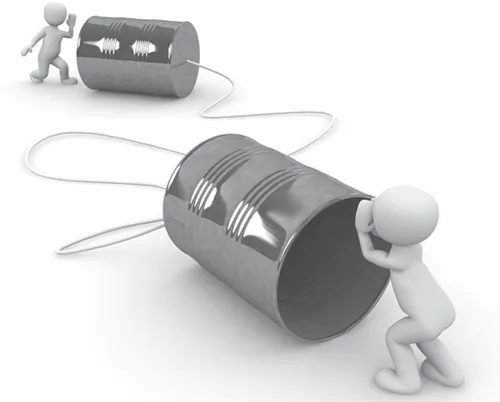
A Deeper Perspective on the Fundamentals of Digital Communication, Security, and Privacy Protocols
Kutub Thakur, Abu Kamruzzaman, Al-Sakib Khan Pathan
- 272 pages
- English
- ePUB (adapté aux mobiles)
- Disponible sur iOS et Android
A Deeper Perspective on the Fundamentals of Digital Communication, Security, and Privacy Protocols
Kutub Thakur, Abu Kamruzzaman, Al-Sakib Khan Pathan
À propos de ce livre
This book, divided into three parts, describes the detailed concepts of Digital Communication, Security, and Privacy protocols.
In Part One, the first chapter provides a deeper perspective on communications, while Chapters 2 and 3 focus on analog and digital communication networks.
Part Two then delves into various Digital Communication protocols. Beginning first in Chapter 4 with the major Telephony protocols, Chapter 5 then focuses on important Data Communication protocols, leading onto the discussion of Wireless and Cellular Communication protocols in Chapter 6 and Fiber Optic Data Transmission protocols in Chapter 7.
Part Three covers Digital Security and Privacy protocols including Network Security protocols (Chapter 8), Wireless Security protocols (Chapter 9), and Server Level Security systems (Chapter 10), while the final chapter covers various aspects of privacy related to communication protocols and associated issues.
This book will offer great benefits to graduate and undergraduate students, researchers, and practitioners. It could be used as a textbook as well as reference material for these topics. All the authors are well-qualified in this domain. The authors have an approved textbook that is used in some US, Saudi, and Bangladeshi universities since Fall 2020 semester – although used in online lectures/classes due to COVID-19 pandemic.
Foire aux questions
Informations
PART ONE Introduction to Analog and Digital Communication Protocols
1Evolution of Communication Protocols

What Is a Communication Protocol?
- Telephone systems
- Television systems
- Satellite systems
- Data communication
- The Internet technologies
- Brain–computer interface
- Tele-learning systems
- Radar systems
- Cellular phone systems
- Terminal nodes – The terminal nodes also referred to as terminals are the receiving and sending elements in the communication system. In other words, we can say that the sender device and the receiver device are the terminals of the communication systems. The terminals can also be named input devices and output devices in modern telecommunication systems.
- Communication channel – For transmitting electrical or electromagnetic signals from one point to another one, a channel of communication is required. The channel of communication is built on certain wires, vacuums, and air medium in modern communication systems. Examples of communication media include twisted pair, coaxial cables, fiber, microwave, extra-terrestrial ultrahigh frequency (UHF), optics, light, and so on.
- Message – Message is the information coded into the signals, which is transmitted from one terminal of communication to the other one. The message may consist of image, video, audio, or text.
- Communication protocols – Communication protocols are the most fundamental component of establishing a meaningful communication between two terminals of the communication system. It is a set of predefined rules and responses of the signals sent from one node to the other one. The entire process of transmitting of message from sender to receiver is done by communication protocols.
- Communication processors – A communication processor is another very important part of the communication system, which plays a very critical role in processing the control, feedback, and other additional supportive functions required for establishing a smooth communication across different types of network elements other than transmitters and receivers. Examples of communication processors include signal converters, boosters, signal inverters, multiplexers, dividers, and the like.
- Control software – A software platform that is used for managing, configuring, controlling, and performing other operations and maintenance activities on the communication systems is known as control software. This software also communicates between two elements of nodes through certain communication protocols.
- Transmission Control Protocol/Internet Protocol (TCP/IP)
- Session Initiation Protocol (SIP)
- Signaling System No. 7 (SS7) Protocol
- Time-Division Multiplexing (TDM) Protocol
- And many more